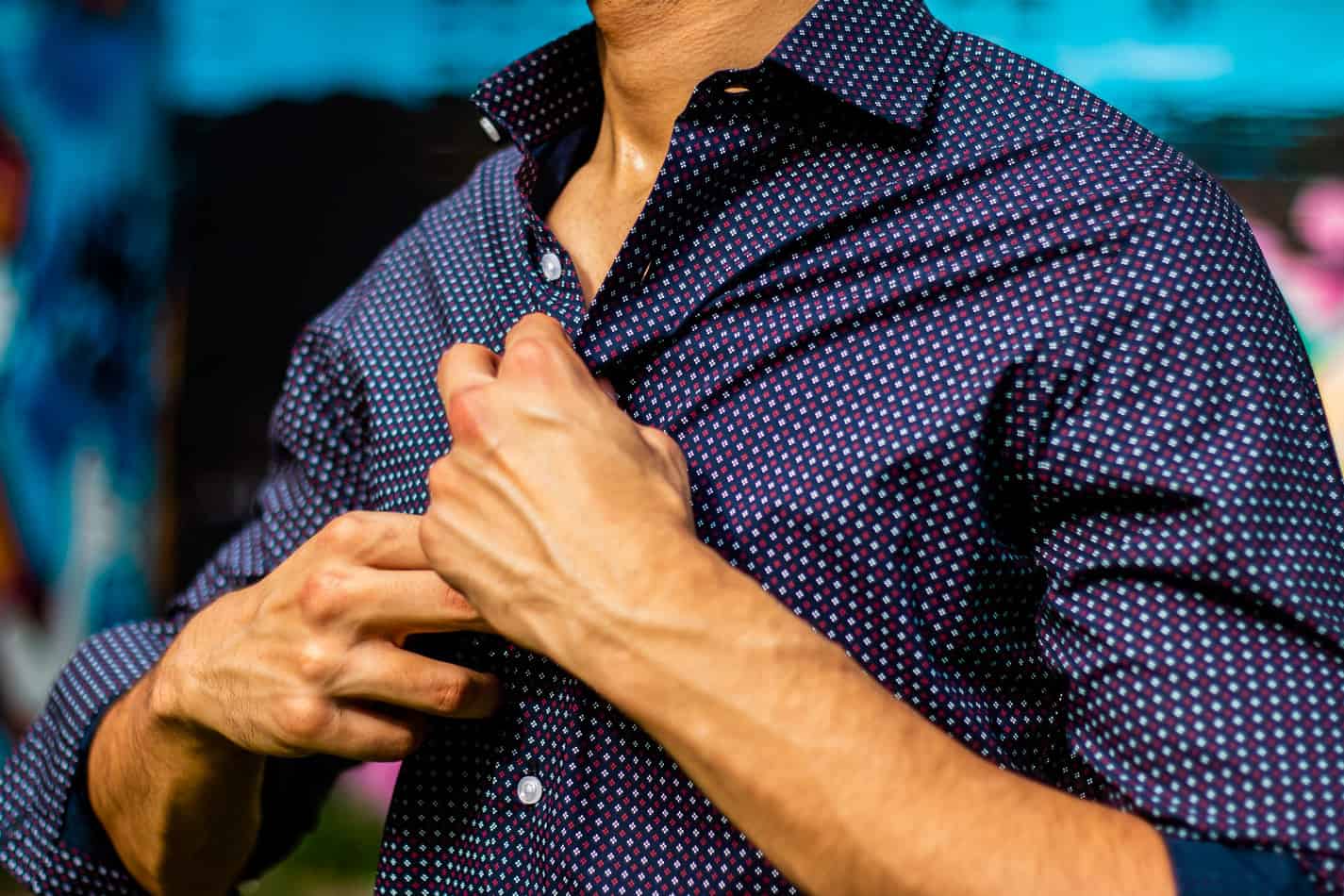Your worst fears have finally befallen you – you have a sweating problem. But like me (and anyone living in the tropics) will tell you…there are ways to mitigate this problem, with style.
The best colors to mask your sweat right now will be the obvious color choices like black, navy, and white. But also, the not so obvious color choices like pale pink (not pastel), charcoal, and bold prints like plaid.
But like with pale pink, there are some not so extreme colors that seem to do the job as well, so if you want to add at least some variety in your wardrobe, then look below…
Pick your material over your color FIRST to plan for sweat
As an Asian city dweller living in Bangkok, “sweating” has always been a natural thing. And one thing we stress more about over here – more than perhaps “colder” parts of the world – is our emphasis on looking to clothing materials firstly, and then colors.
The go-to for most articles on “hiding sweat” is usually always on color preference as the sole solution, but in my experience, fabric choice should be your number one priority, before choosing your colors.
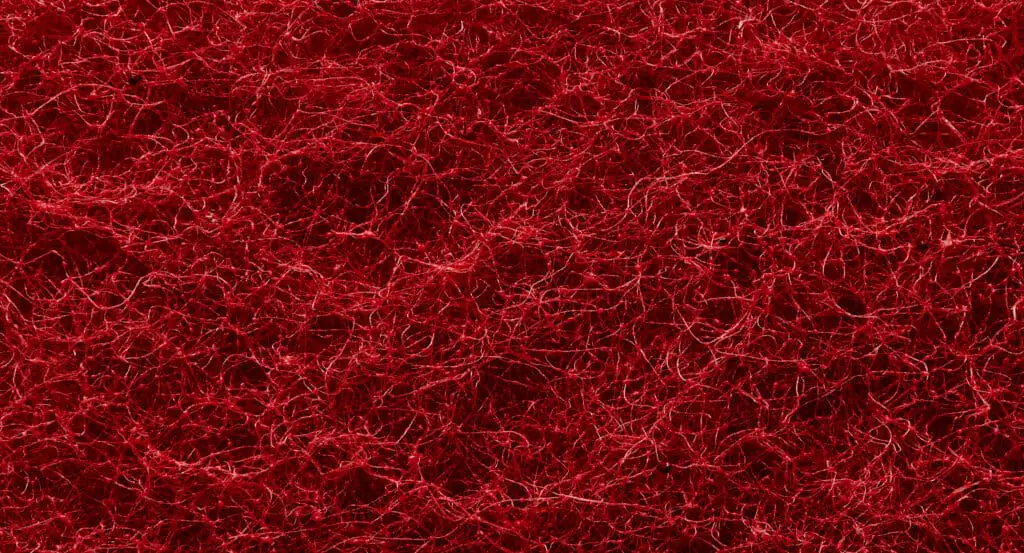
Stay far away from synthetic fibers
Don’t even waste your time on shirts and t-shirts made from polyester or rayon if your concerns lay on your sweating problems.
Polyester has it’s place and time, but right now is not it.
Always go for linen or cotton
But that’s not to say that all your troubles will be solved simply by buying only items labeled “linen” (as there are some caveats to cotton which I’ll address further down.)
However by choosing breathable fabrics, firstly, this will set you and your body up for early success, as materials like linen and cotton will automatically help your skin breath, allowing you to tackle your sweating problem from the ground up.
It’s best to worry and take precautions NOW, rather than later by trying to ineffectively mask your sweating problem entirely with colors.
As in my experience, picking the right fibre will afford you the freedom to wear even more colors with peace of mind, than if you just worry about colors solely.
My favourite material of “sweat masking” clothing is…
My go-to material (and one that plagues my wardrobe) are shirts made of french linen cotton. I absolutely adore this material as it allows me to wear “dangerously” bright colors like orange and yellow, with little sweat visibility.
And this is due to the natural structure of linen’s interwoven thread fibers (muffling and masking any discoloration or porous sweat mark that would otherwise be highly noticeable on colors such as these.)
Linen is one fabric that gives you a lot of options.
Colors for your shirt that hide sweat the best
No one likes a sweating chap…
It’s not an attractive trait in the slightest, and absolutely no one can pull it off… But rather than fight off nature’s physiological current of keeping your body (and heat levels) in check, you’re better off in this case going with the flow.
You’re gonna sweat, but that doesn’t mean it has to be noticeable, and with your fabric materials down pat, let’s move on to colors that simply “work.”
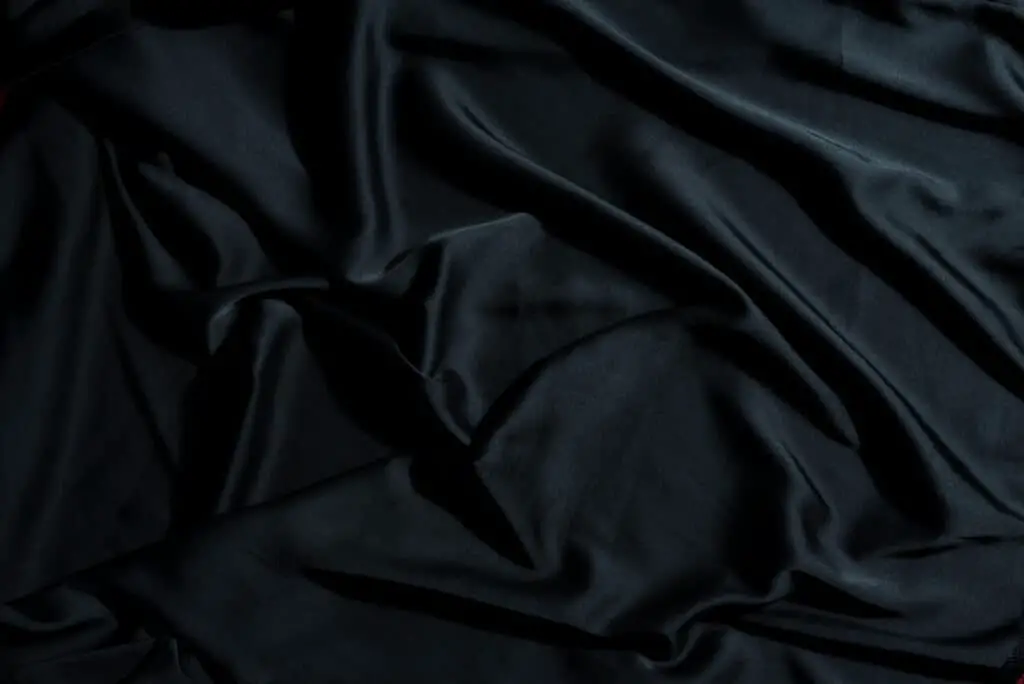
Black
Like already aforementioned, black is probably the most obvious choice, and for good reason...it works. And ignore the schtick about “darker colors retaining heat”.
The amount of heat that black colored fabrics retain is minuscule at best, and at the end of the day, your gonna sweat a ton regardless – so you might as well pick clothing that will hide it the best.
Style tip: Try pairing black with maroon or burgundy red pants, or olive for a more seductive yet playful twist on such a stark color like black.)
Pale Pink
Even before the “woke” age, I was always captivated by the color pink as a man, unafraid to don any a such, and in a variety of colorful shadings (as I tried them all.)
However, with sweat being a factor, it will pay to consider wearing an “off” pink color, such as that of “pale pink”, rather than pastel or any other type of shading.
And the reasoning behind pale pink being a good candidate for masking sweat – is because it’s color saturation is lower (meaning its color is not as brilliant or as noticeable as that of say red, blue or regular pink etc.)
You ever notice how when it rains and you get wet, that your shirt darkens as a result? Well it’s the same thing for sweat, once wet, the material will darken…
So you need to find a way to mellow out the harsh contrast between your clothing’s natural shade, and that of the shade of your clothing when it gets wet (from sweat.)

“Mellow” colors are the way to go
“Mellow” colors are best, as essentially they’ll be better at keeping an overall more “toned down” color gradient on your body as a whole, with little room for visible color fluctuation in and around your shirt’s pits,
This is a good thing. This means once sweat hits your mellow colored clothing – the sweat stains that show up will simply darken the clothing a tad bit (by mellowing your clothing’s color shade even more) – RATHER than darkening the shading entirely (this is when it becomes inherently obvious.)
With mellow colors, the beautiful thing is, that most of the time people won’t even be able to tell your absolutely drenched until they touch you…
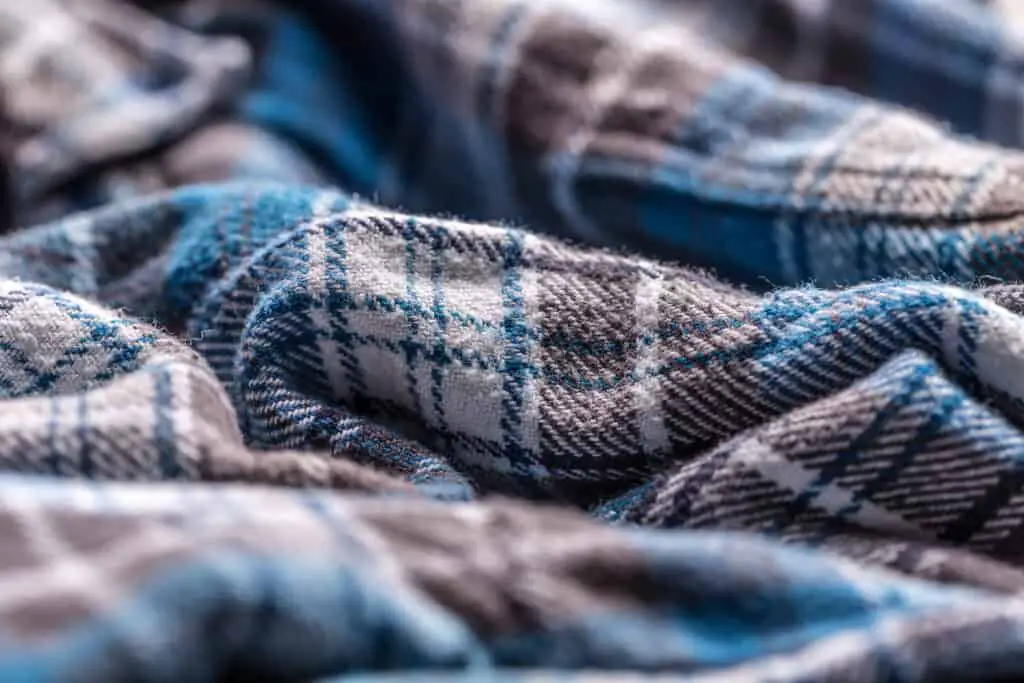
Best “color” shirt for those who sweat EXCESSIVELY?
But what if you’re essentially a walking parfum bottle? A leaking container of nutty base notes, spreading your stench aromatic ways; one seeping sweaty shirt at a time…what then?
This is where patterns come in.
I’ve already mentioned the best colors up above, but there is another trick you could try.
Pattern the f*ck up out of your wardrobe
You see it’s basically about adding layers to your dressing, whether that be physically or stylistically, through actual undershirts and shirts over t-shirts…to employing more patterns and designs to what you already wear, overall.
By employing patterns on your shirts or t-shirts, it will simply mask what is already there, diffusing the perceptive glares of those who gaze upon you, shrouding your sweat in plain sight.
And the best part about it, is the fact that this method is a stylistic choice at the end of the day.
Meaning you have more than enough options from every brand already selling items with different designs and patterns. You merely have to pick what you like.
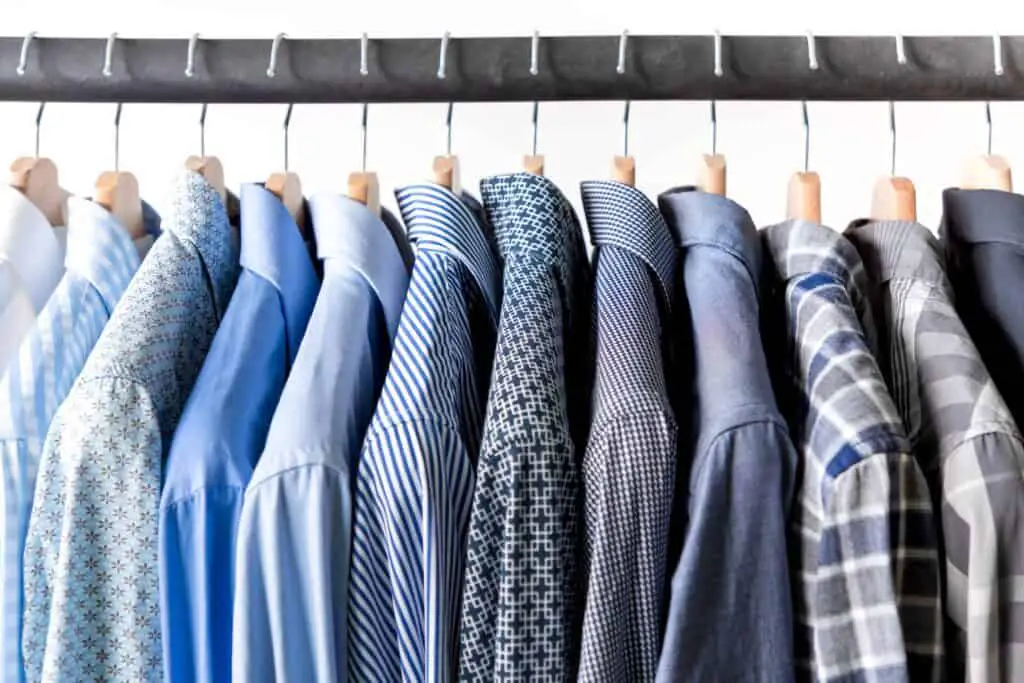
More sweat= more patterns. Less sweat= less patterns
Choose how much pattern or texture you feel you need based on how porous you feel you may be. If you sweat more, go for more patterns, sweat less, then maybe just a little pattern design.
Some options for pattern heavy shirts could be in the form of a gorgeous cotton casual button-down flower print shirt like the one by TUNEVUSE which you can find over at Amazon right here.
Or if you want something a little less severe, you could check out the lax palm print shirt by Ted Baker, which you can find over at the clothing website ASOS right here.
(A shirt like palm print shirt by ASOS is the perfect example of how patterns in the right places may allow you to wear colors you would otherwise never wear, due to sweat stains.)
Feel free to check out my recommended product page if you need more info or advice on clothing best suited to handle your sweaty problems.
If you sweat more than most, then stack all the techniques together to create the ultimate sweat-free wardrobe.
Pick the right fabrics, the right colours, and or add patterns to those colors (along with layering perhaps) to furthermore hide those sweat stains for good!
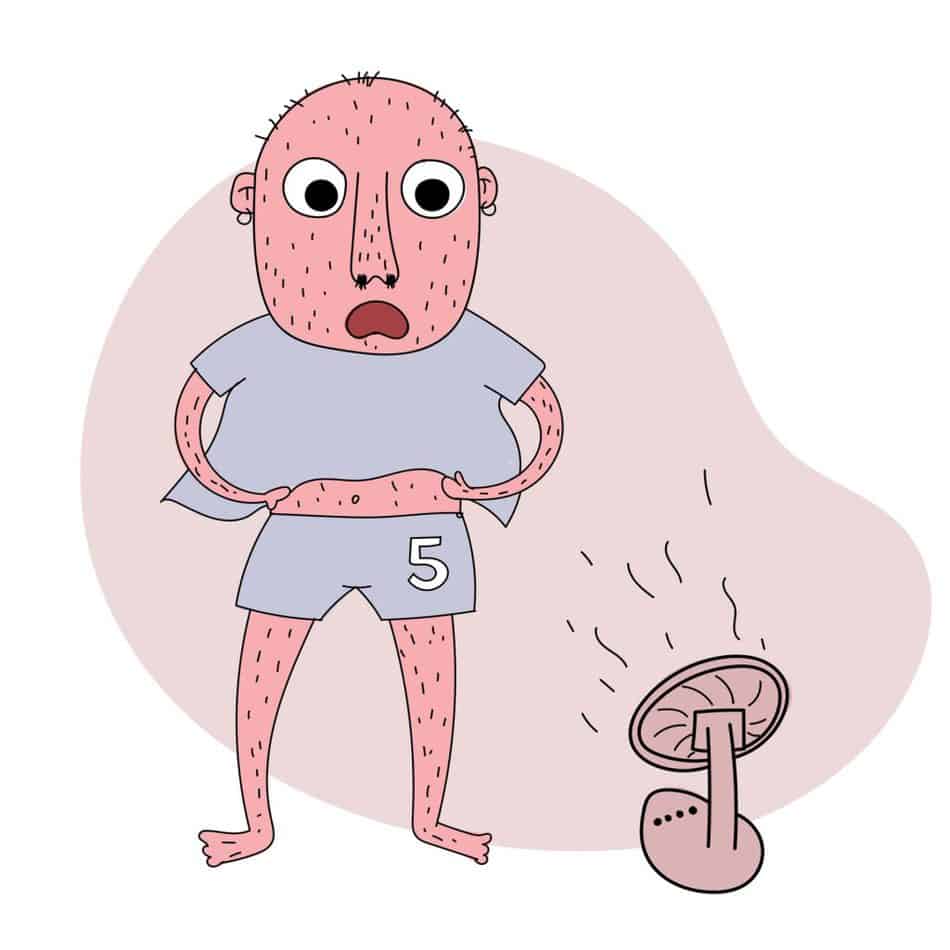
How to hide sweat patches ALREADY on your shirt?
If you’ve already (in your silly state) managed to pick the worst shirt in the worst color for showing sweat, and now its too late or impractical to trod back home to change – there may be still some tricks you could deploy as a last-minute guise.
Find some high-quality antiperspirant
You’re already out and about, so now the best step (aside from actually buying an entirely new top), is to find yourself some high-quality antiperspirant.
Anything less and you risk it not working as much, if at all.
Antiperspirant Wipes
Perspi Guard Maximum Strength Anti perspiring wipes will be your best bet against holding off the sweat already formulating underneath your moist pits.
Of course, you’re better off listening to this before you go out, but desperate times mean you’re better off applying it a litte late, than not applying it at all.
Perspi brand has a special formula to prevent sweat from being produced and is much easier to apply than a spray or cream.
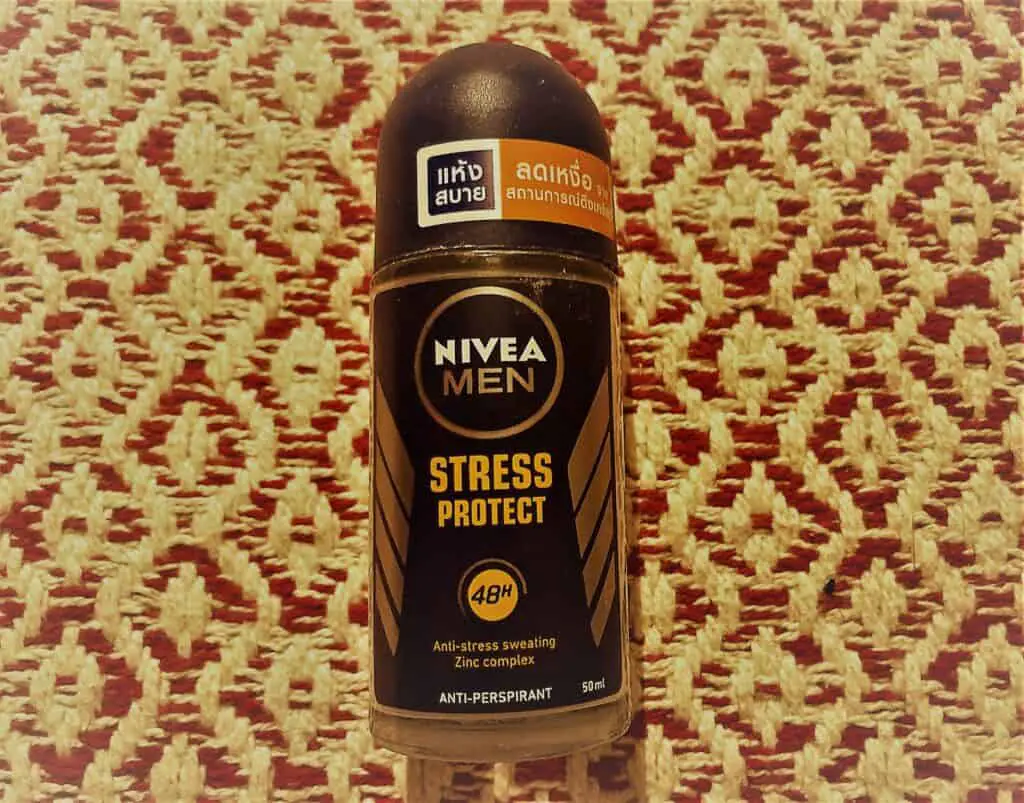
Anti-perspirant deodorant
You can find these in most stores around, as they’re a common over-the-counter hygiene product.
Look for any such brand with the following ingredients for a quick (and hopeful) fix:
- Aluminum chloride
- Aluminum zirconium tricholorohydrex glycine
- Aluminum chlorohydrate
- Aluminum hydroxybromide
All antiperspirant deodorants will have a ton of other ingredients in them, but the main things to look out for are ones containing some type of aluminium-based compound.
Stuff to note: Aluminum chloride in high concentrations will not only (in certain cases) prolong the swelling of your sweat glands (which keeps water trapped within your sweat glands), but over time with enough constant application – it could ultimately decrease the sweat gland in its entirety (meaning less sweat produced in total).
Best sweatproof undershirts that work 100% of the time
So you want an undershirt that will keep your glands at bay for the day, eh?
Below is a list of the best-reviewed undershirts out there, of which I will also highlight my favorites which actually worked for me in Bangkok’s heat.
- The Thompson Tee Sweatproof undershirt (click to see the reviews and pricing over at Amazon.)
A sworn favorite by many, I deem this product worthy of my time and money, as they simply work.
Pulling full 12 hour days out in the hot Asian sun, these thick (yet soft) sweat pads kept literally everything at bay, with not one sweat stain in sight.
- Mr. Davis ‘s Premium Bamboo Viscose (check out it’s reviews and info over here on Amazon)
Remember what I mentioned about bamboo? Well, the awesomeness of this undershirt further proves my point about bamboo as a fabric.
I was surprised since I never heard of this company (unlike the Thompson Tee brand) – But aside from the lack of brand recognition, this is my next favorite pick.
Uber soft bamboo fibres (meaning it’ll feel like you’re wearing air), it lacks the padding that Thompson Tee had, but its tailoring and sewn in 10 mm tolerances must mean something, as it’s quickly being known to be one of the top rising brands out there.
Check out my recommended product page for more in-depth reviews of the best men’s undershirts.
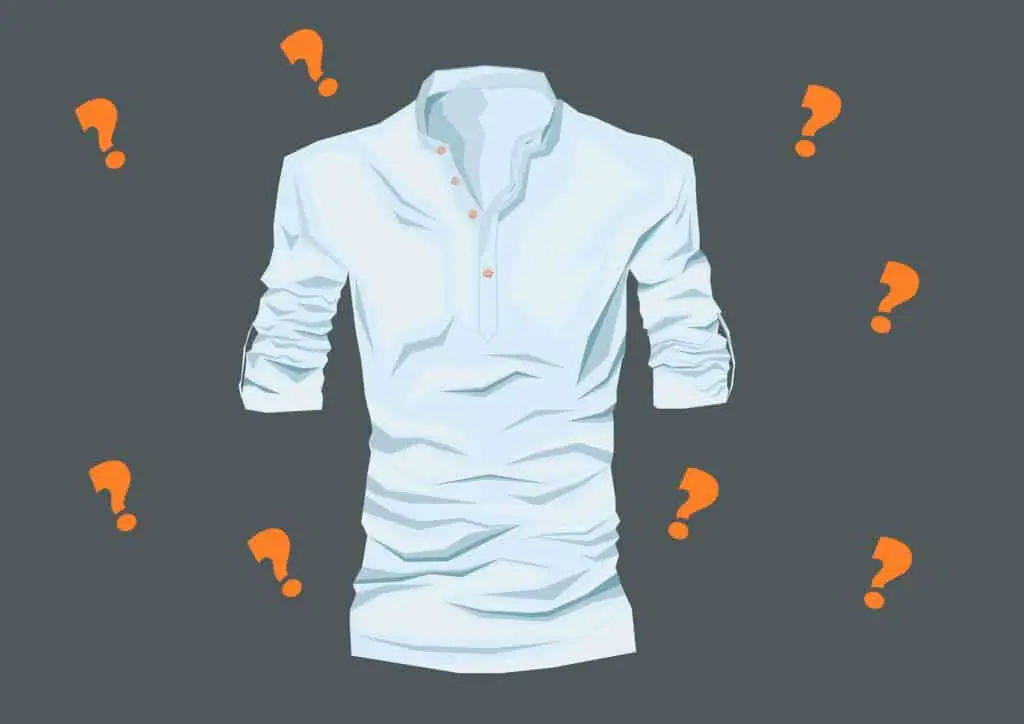
Best fabrics that will hide sweat FOREVER
Okay “forever” is an overstatement, at some point with enough wear and tear and/or you being exposed to heat – the sweat will get through.
However, there is some clothing that can do alot that will get you through the day.
You see I’m more a believer in the method – “if you plan what’s to come from the front, then you needn’t worry about the back.”
To elaborate on synthetic fibers and their inadequacy when it comes to your sweating problem – let’s look at the list below of what fabric is ideal to wear to prevent sweat.
Jersey
This is actually a common material woven through much of the dresses you’ll find women sporting on in the summer. It’s also the same material (as the name colloquially bears reference to), used by sports teams alike.
However this material, gentlemen… will sport you suave needs in looks and function just fine, and you can chalk that up to its cotton-polyester or cotton blend makeup.
A smidge bit heavier than pure cotton, though you’ll get nearly as much as of the same breathability, making jersey fabric a worthy candidate in fabrics to look out for.
And this goes back to me referencing the issue of style – while jersey may not be as superior to pure cotton, it’s yet another style option which will provide for you even more wardrobe combos (along with SOME of the same breathable fabric benefits of cotton) – so why not look into it?
Linen
As I mentioned earlier, I love linen.
Linen is created from natural fibers which makes it’s super absorbent and menacingly quick when it comes to drying.
This means: imagine you got caught out in Thailand’s heat, well all you’d have to do to dry up would be to go sit under an AC for 5 minutes… and voila.
Also, linen’s propensity for being a “relaxed” material means it won’t cling to that sweet bod of yours too much throughout, ensuring whatever chances of wetness soon to show on your clothes, will be minimized.
(And as you know, clothes that stick to your skin tend to make the sweat stains even worse.)
Good thing for us Mr. Linen has “attachment” issues…
Cotton (a double-edged sword)
I saved the most well known and obvious for last.
Cotton – when it’s made from quality – is an overall great breathable fabric, and it’s lightweight, which means it naturally offers room to let the fabric itself breathe.
(This equates to meaning more airflow that cotton will provide, which will dry out any such dampness that may profuse from within your shirt.)
And when we talk about cotton’s natural fibers, it is important to know that with cotton, there are some caveats in place for which you should make a note of.
Now the good thing about cotton is the fiber and how it is formulated – cotton abosrbs moisture (which forces the sweat to sit on your skin.) However since cotton absorbs moisture so well, this can become a problem when wearing the wrong colors.
So while yes cotton is a solid breathable fabric choice to opt for in the heat, make sure to only go for light colors when wearing clothing in this material, lest you want to risk any visible sweat stains.
Bamboo
A bonus on this list – Bamboo. And no this isn’t a typo, there are actual clothes made of bamboo fibers, and it is actually quite a common textile used in modern-day.
Clothing made from bamboo fibers are secretly great for sweat (and I say “secretly” because I bet most people reading this have never heard of bamboo fibers, until now.) It’s not just for panda’s, people…
Bamboo fabric is a surprisingly good fabric and is 40% more absorbent than even the finest patch of organic cotton, bamboo itself can absorb up to 3 times its weight in water, so you can imagine how efficient it can be when converted into fabric.
Bamboo is a fiber to look out for in daily life, and by ways of being used to help out your sweating problem – so look into it.
Style hack: If all this is too overwhelming, then the easiest thing to remember is to always stick to the extreme ends of the color spectrum (very dark or very light) to hide your sweat the best.
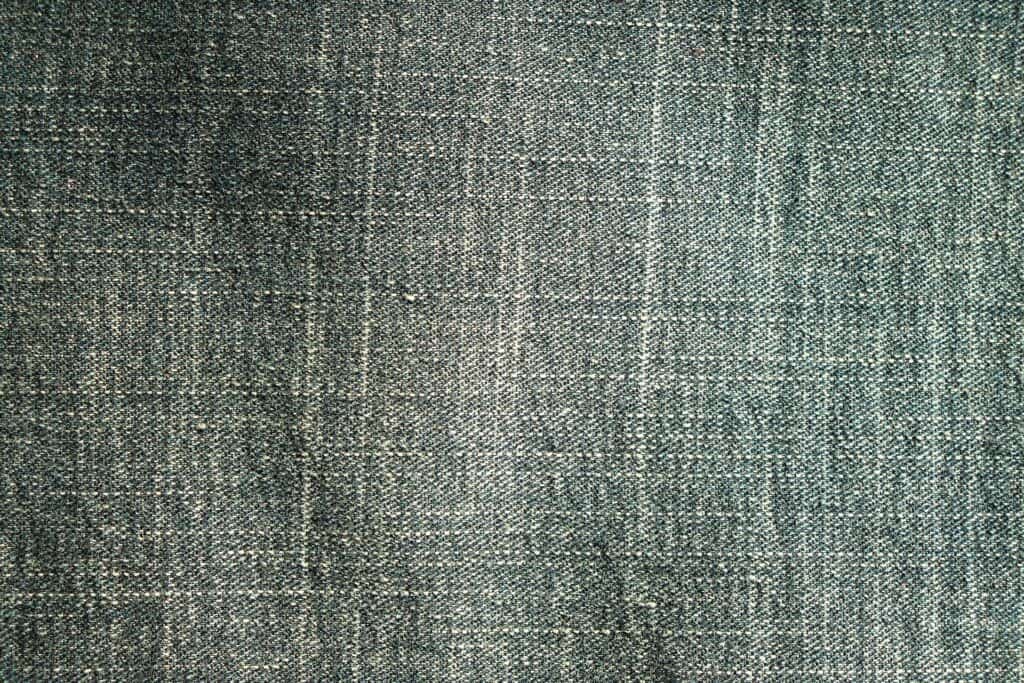
Types of clothing fibers to avoid (synthetic water-repelling fibers)
Let’s be honest, you really only care about what works, so instead, I’ll simply list out the materials that you should stray away from, without going too much into it. Sound good?
- Polyester: Water resistant, meaning sweat gets pulled out and stays on your skin. Opposite of what you want.
- Rayon: Synthetic fiber = It repels water, does not absorb it. Not good.
- Cotton/Lycra blend= Cotton is absorbent, but when blended with Lycra traps heat and sweat. Nope.
“We don’t have to be smarter than the rest, we have to be more disciplined than the rest.”
-Warren Buffet
Take it from the investment billionaire mogul himself – You don’t gotta keep pressin your brain over what can’t be avoided.
But with a little forward planning and self-regulating, you’ll relegate the stress awarded to you daily, by working with the heat, instead of against it.
Stay Rogue.

